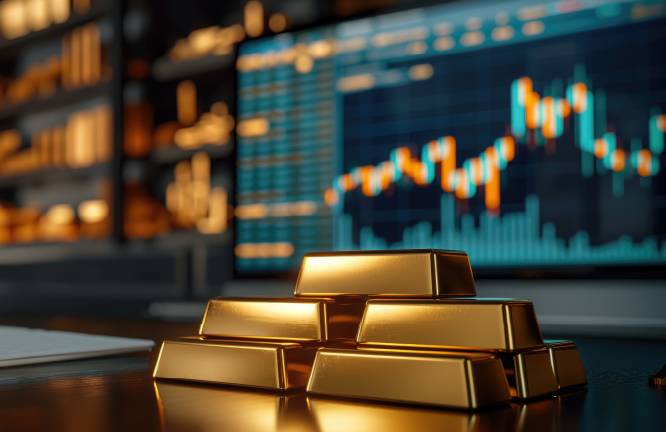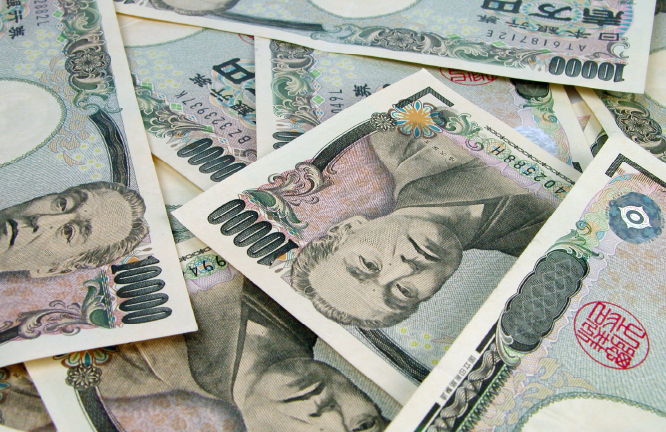Risk
China
Chinese consumer-facing companies might be at an inflection point.
Several factors are combining that could change the face of Chinese stores. Some are generational — many of the entrepreneurs who started companies after reforms in the early ’90s are at or nearing retirement age, setting the stage for a second generation. Younger shoppers are buying more items for themselves, like collectibles, and fewer consumer staples, like soy sauce, as they're waiting longer to start families. Together with shorter product cycles, these changes could prompt a wave of consolidation in Chinese stores in the next decade.

Slower AI might be a more accurate AI.
Like most things digital, artificial intelligence programs have strived for lightning-quick answers to user questions. But a new offering by OpenAI suggests that giving these programs a little more time to evaluate their responses can do wonders for accuracy. The delay in OpenAI’s new “Strawberry” is measured in seconds, but it gives the model a chance to consider alternate answers, allowing it to tackle complex queries with greater range and nuance. Tweaking this so-called inference time could make AI more accurate, particularly for specific tasks.

Gold prices could be high due to central bank action.
Gold has been on a wild ride in recent years — in fact, on an inflation-adjusted basis, gold prices are higher now than at any other point in the last 150 years. However, that comes with an unusual caveat — some traditional models that predict gold prices have begun to break down over the last year or two, suggesting that novel forces are acting to increase the precious metal’s value. Indeed, per some industry figures, one possible culprit could be a significant uptick in central bank purchases.

Japanese banks are leveraging interest rates to attract customers for the first time in 30 years.
One of the major features of the Lost Decades — the economic malaise that weighed on Japan since a catastrophic market crash in the ’90s — was low interest rates. On the consumer side, this resulted in households having to settle for savings accounts that hovered just above zero percent interest. However, with the country’s central bank raising rates, consumer banks are starting to differentiate themselves by offering higher rates of return, a welcome change of pace for savers.
Related Insights
Related Insights
-
What L.A. wildfire victims need to know about taxes and other financial matters
-
Risk
Preparing for the unexpected: How to financially plan for an emergency or disaster -
Financial Planning
Tax changes are almost certain. Are you prepared?
